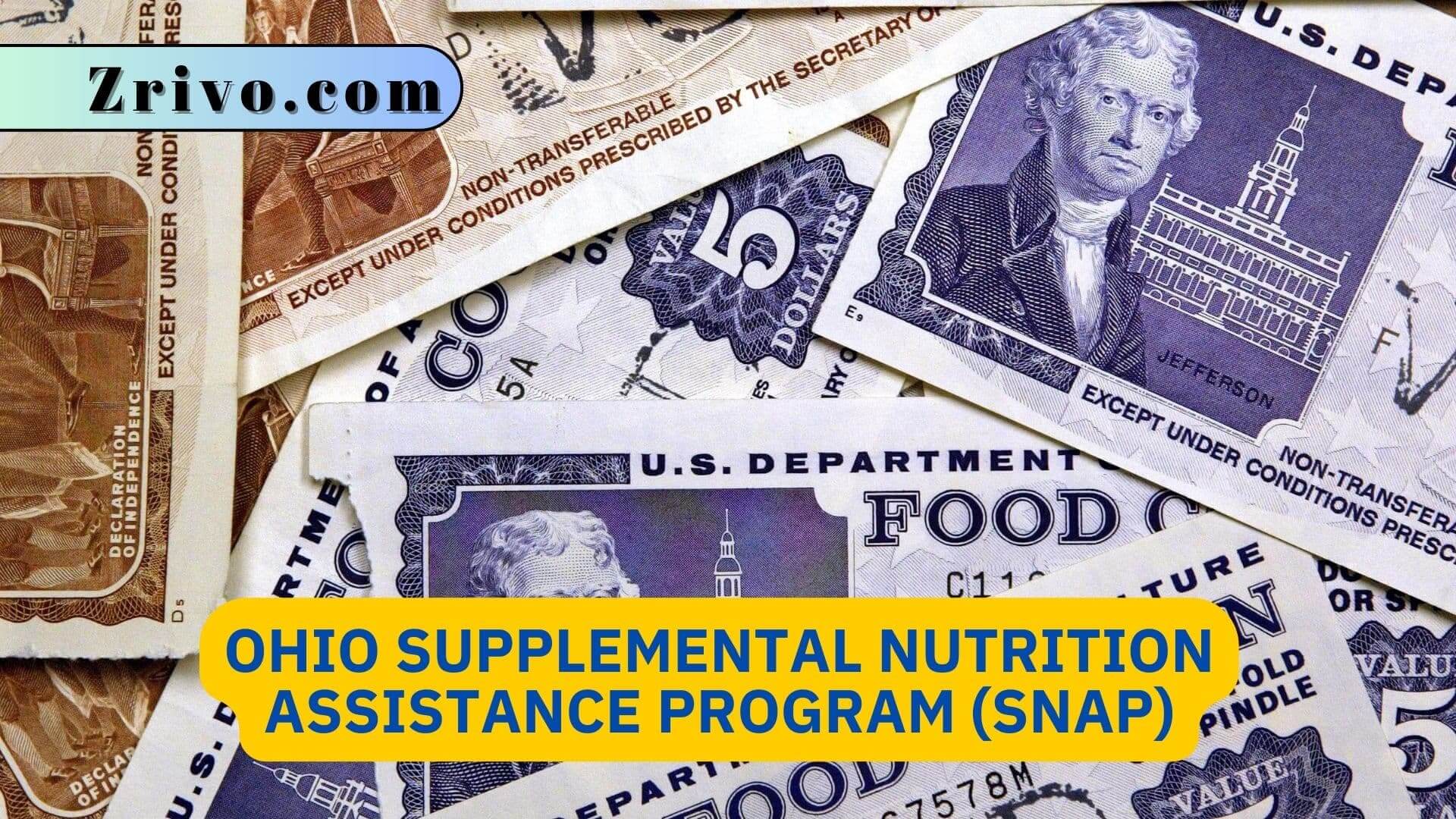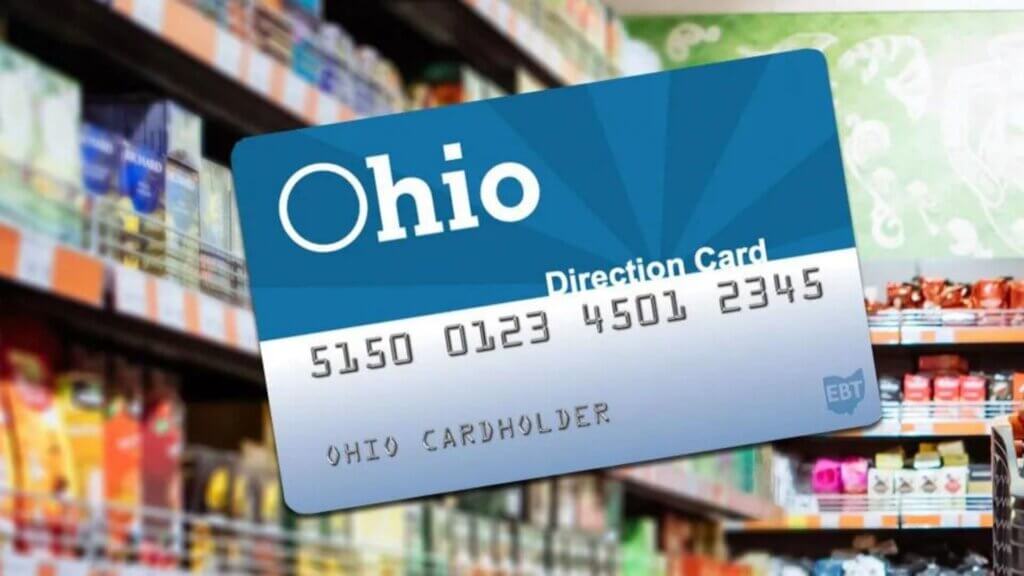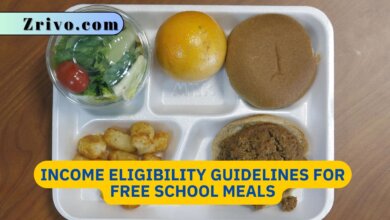Ohio Supplemental Nutrition Assistance Program (SNAP)
The Ohio Supplemental Nutrition Assistance Program, or SNAP, is designed to help low-income families stretch their food budgets and buy healthy foods.

The Ohio Food Assistance Program, formerly known as the Food Stamp Program and nationally as the Supplemental Nutrition Assistance Program (SNAP), helps eligible families stretch their budgets to buy healthy foods. The program provides monthly food and nutrition education funding to help families meet their basic needs while working toward financial stability. The Ohio Department of job and Family Services determines eligibility for the program based on income, allowable expenses (rent or mortgage, utilities, child care, medical expenses for people 60 years of age or older, disability support for children, and some resources), household size, and other factors. SNAP benefits are loaded onto an electronic benefit transfer card, or EBT card, that can be used at grocery stores to purchase food. People use these cards, like debit cards, to make purchases.

Ohio SNAP Application
To apply for SNAP benefits, you must fill out an application and provide detailed information about your household. This information includes wages, self-employment income, social security benefits, child support income, and other income sources. You must also provide details about your household’s assets and expenses. Applicants must also complete an interview with a state worker to determine eligibility.
SNAP participants must report any changes in their income or household within 10 days of the change. This applies to both new and current recipients. Failure to report these changes could result in the loss of food stamps. You can download the ConnectEBT app to keep track of your food stamps balance and purchases. The app can also be used to change your pin, view transaction history, and report a lost or stolen card.
Ohio SNAP Income Limits
In Ohio, 1.4 million people receive SNAP benefits, with a monthly allocation averaging $273 per person. They qualify with incomes below 130% of the federal poverty level. The program’s net and gross monthly limits increase Oct. 1.
Historically, African Americans have been more likely to be food insecure and to receive SNAP benefits. In fact, the statewide distribution of African-American participation in SNAP enrollment closely matches the share of the population living below the poverty line. This suggests that local differences in labor market conditions may explain some of the disparities observed in SNAP enrollment. The impact of these differences is particularly important in light of proposals to implement SNAP work requirements in Ohio. These requirements would apply to able-bodied adults without dependents, or ABAWDs, and could have a significant racial equity impact.





